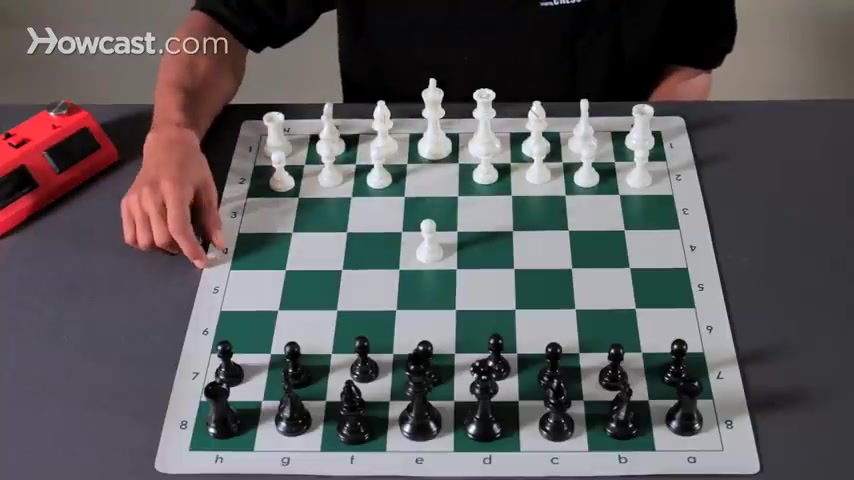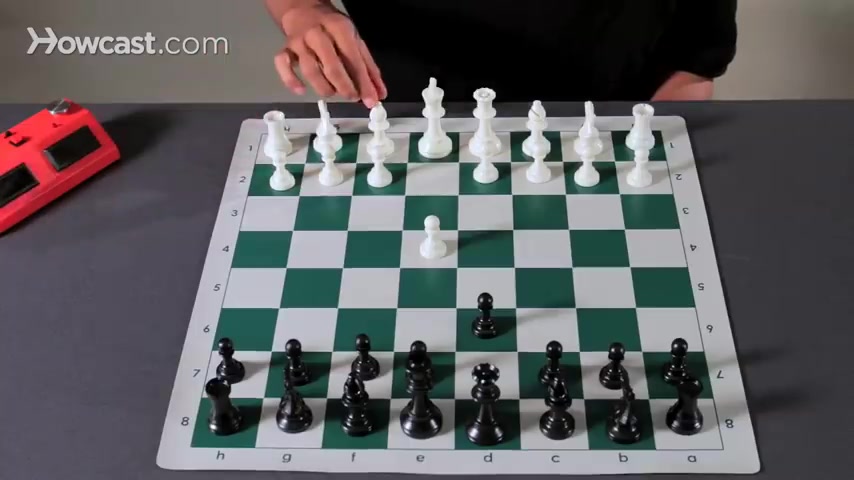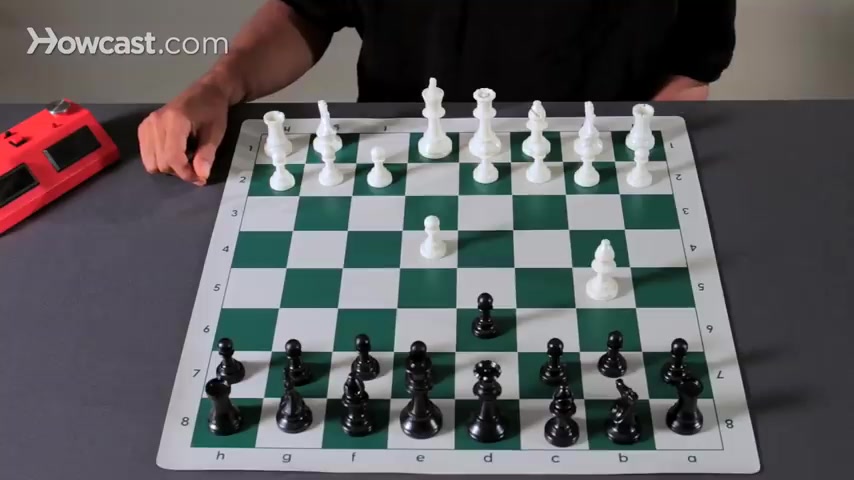https://www.youtube.com/watch?v=PrLTjCghrfM
Principles of Attacking & Defending _ Chess

OK , guys , we're gonna talk about attack and defense , but in the most rudimentary way possible because this is really what chess is all about volumes have been written about attack and defense .
But we're gonna deal with this .
Like I said , in the most straightforward way , let's say white does E four , maybe the most common opening move in chess , black goes E five .
Now , the most logical and probably the most expected continuation is knight to F three .
Why ?
Because we need to develop our pieces , our bishops and our knights immediately .
So why not develop the knight that attacks Black central pond ?
Now , this could be defended in a few ways we could go , for example , bishop D six .
But that's not something that you're likely to see a strong player do because you're blocking your queen's pond and therefore your queen's bishop .
And it's just creating space problems for no reason .
You could go D six .

Although you're falling behind in development , there's plenty of opening systems .
I'm sure where D six is acceptable , but be careful not to fall too far behind in development .
We could go queen to E seven , but that's not really logical because you're blocking your king's bishop , which needs to be developed .
So the most common way to defend this E five pawn and not fall behind in development would be night to C six keeping up with White in development and simply defending your E pawn .
Now , of course , if white were to make the absurd move of night takes pawn , black would go , night takes night and would be winning the game immediately .
But white is not going to make that terrible mistake .
They'll probably develop the bishop to C four for the Italian game or B five for the Spanish game or maybe knight to C three for the Scotch game .
But that's an example of how to defend a pawn and how to use some basic principles in choosing how to do .

So another quick example would be if I start with E four and let's say black goes D six , which would be the beginning of the perk defense or perhaps any number of other defenses .
If I go bishop B five , check a check , I don't personally recommend it could be blocked in any number of ways we could block with the queen .
That would be a terrible move , losing the queen for absolutely no reason .
And subsequently losing the game , we can block with the bishop , which is pretty good because then if I go bishop takes bishop , I'm giving Black the opportunity to develop their night or I could just go C six and deflect the bishop which is now retreating and maybe is going to get hit again with B five and we'll have to retreat to B three and so on .

But the point is this initial check , bishop to B five can be blocked in any number of ways , it can be blocked with the pawn , the bishop , the queen , which would be awful .
Oh , and the night which I didn't mention before knight to C six knight to D seven .
So there's any number of ways to defend this position .
And a big part of being a chess player is deciding which is the best way to defend .
So I would just recommend C six make white retreat as bishop .
Those are the most basic of the basics when it comes to attacking and defending .
Are you looking for a way to reach a wider audience and get more views on your videos?
Our innovative video to text transcribing service can help you do just that.
We provide accurate transcriptions of your videos along with visual content that will help you attract new viewers and keep them engaged. Plus, our data analytics and ad campaign tools can help you monetize your content and maximize your revenue.
Let's partner up and take your video content to the next level!
Contact us today to learn more.